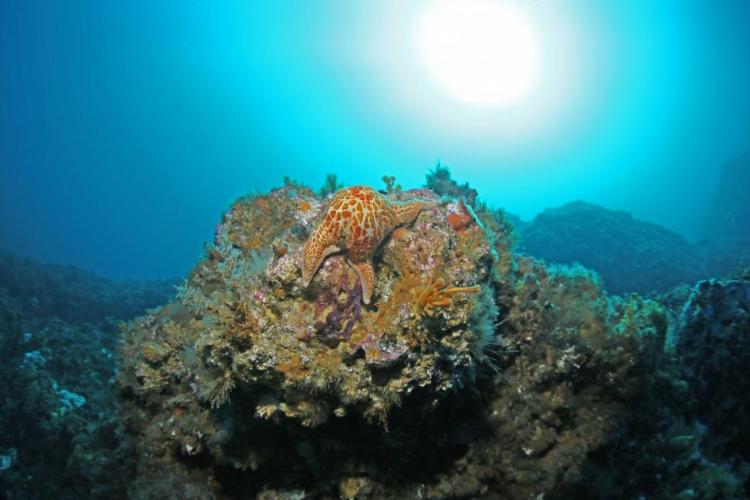
Description
Oregon’s Nearshore ecoregion offers opportunities for boating, surfing, wildlife viewing, fishing, crabbing, clamming, and recreational pursuits. It supports commercial fish harvests, shipping, and ecosystem services that benefit all Oregonians. The nearshore environment includes a variety of habitats ranging from submerged high-relief rocky reefs to broad expanses of intertidal mudflats in estuaries. It is home to a vast array of fish, invertebrates, marine mammals, birds, algae, plants, and micro-organisms. These habitats and species are integral parts of Oregon’s complex nearshore ecosystem, and are interconnected through food webs, nutrient cycling, habitat usage, and ocean currents. They are also influenced by a multitude of other biological, physical, chemical, geological, and human use factors.
The Nearshore ecoregion encompasses the area from the outer boundary of Oregon’s Territorial Sea at 3 nautical miles to the supratidal zone affected by wave spray and overwash at extreme high tides on the ocean shoreline, and up into the portions of estuaries where species depend on the saltwater that comes in from the ocean. The Nearshore ecoregion is bordered by the Coast Range ecoregion on the ocean shores and intersects it in Oregon’s estuaries.
Nearshore ocean ecology is influenced by environmental conditions in adjacent estuarine, terrestrial, and freshwater habitats. The nearshore ocean is extensively linked with the atmosphere and the dynamic offshore waters of the California Current Large Marine Ecosystem. It is heavily influenced by human coastal development and populations.
The ODFW’s Marine Resources Program has updated the Oregon Nearshore Strategy to provide a comprehensive, sustainable approach to marine species and habitat management. The Nearshore Strategy addresses marine species, including saltwater fish, shellfish, marine mammals, and seabirds, and their habitats.
Characteristics
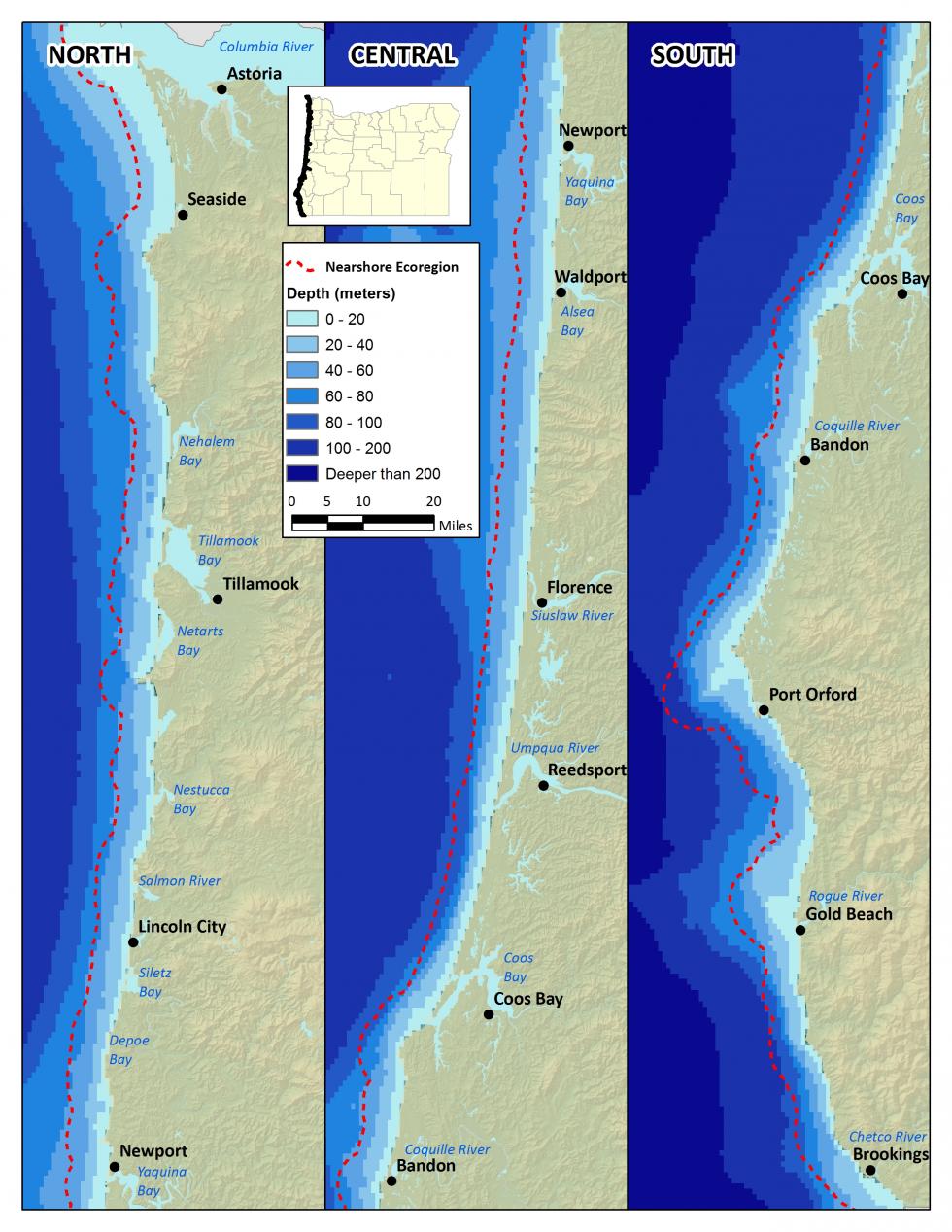
Important Industries

Commercial fishing, fish processing, tourism and recreation (including recreational fishing, shellfish harvest, and wildlife viewing), shipping, and retirement services
Important Nature-based Recreational Areas
Open water, subtidal rocky reefs, sandy beaches, rocky intertidal areas, surf zone, estuaries
Elevation
From approximately 10 feet above to 636 feet below sea level
Number of Vertebrate Wildlife Species
226
Important Rivers
Alsea Bay, Chetco River, Columbia River, Coos Bay, Coquille River, Depot Bay, Elks River, Necanicum River, Nehalem Bay, Nestucca Bay, Netarts Bay, Pistol River, Rogue River, Salmon River, Sand Lake, Siletz Bay, Siuslaw River, Sixes River, Tillamook Bay, Umpqua River, Windchuck River, Yaquina Bay
Ecologically Outstanding Areas
Oceanographic influences: California current, seasonal upwelling
Limiting Factors and Recommended Approaches
Limiting Factor:
Public Awareness of Nearshore Marine Species and Habitats
Most marine species and habitats occur below the water’s surface and go unseen by most members of the public. Education and outreach efforts are needed to increase public awareness about nearshore marine species and habitats, as well as the issues affecting them.
Recommended Approach
Improve education and outreach efforts to disseminate information on species identification and distribution, management regulations, and release techniques designed to reduce discard mortality. Develop curriculum materials and provide information to schools for use in classrooms. Continue to improve the appearance, visibility, and effectiveness of the ODFW Marine Resources Program website. Employ emerging technologies, blogs, and social media sites. Use local newspapers and literature to share research and conservation actions with adults and children. Display conservation and educational materials at hotels, charter offices, angling shops, real estate offices, malls, parks, marinas, boat ramps, beach access points, and other public areas. Encourage development of local and port groups to facilitate information and knowledge exchange between agencies and local constituents. Design and convene workshops tailored to educate the public on specific topics (e.g., fish, algae, shellfish, non-native species identification workshops). Involve members of the public in management of nearshore marine resources, conduct regular updates to the Oregon Nearshore Strategy, and ensure that management priorities are congruent with public needs.
Limiting Factor:
Habitat Alteration
Disturbance to, or loss of, habitat important to nearshore species and ecosystems can occur from both direct and indirect sources. Disturbances to vulnerable intertidal habitats are often subtle and can be a consequence of human activities that cause light or noise pollution or result in trampling of intertidal habitats, animals, or plants. Intertidal and submerged habitats are impacted by changes to sediment transport due to altered hydrology, coastal development, shoreline armoring, beach grooming, global climate change, and many other factors. Non-native species introductions may alter physical properties and habitat-forming biological communities (e.g., crowding out native organisms that function as substrate for other organisms) in nearshore habitats. Certain bottom fishing methods may reduce structural diversity of the sea floor and change benthic communities.
Recommended Approach
Continue to monitor nearshore species and habitats to document impacts that may be subtle or may accumulate over time, and to determine areas where disturbance is causing, or could cause, negative impacts to species or habitat. Collaborate with academic and management entities in the study of non-native species, survey intertidal and subtidal habitats for presence, set a baseline of habitat use, and monitor communities for potential spread. Investigate alternative methods (e.g., fishing techniques, shoreline erosion control, development practices) that reduce or remedy negative impacts on nearshore habitats. Inform the public about the use of non-disturbing methods appropriate for viewing marine wildlife. Provide new or improved interpretive signage, media inserts, feature articles and booklets about intertidal habitats, fisheries information, and other nearshore ocean resources.
Limiting Factor:
Water Quality Degradation
Water quality degradation caused by human activities or natural causes may impact nearshore species and habitats. Water quality within the nearshore ocean is affected by coastal and inland development, either from increased runoff of contaminated water or increased water temperature resulting from altered hydrology or depth (e.g., dredging, filling). Boating activity in nearshore waters or adjacent estuaries may lead to accumulation of oil in surface waters from poorly-maintained or failing equipment. Water quality may be further degraded if conditions support significant blooms of harmful algae, which can lead to highly concentrated marine biotoxins.
Recommended Approach
Coordinate with the multiple state and federal agencies involved in water quality issues to update and improve signage at marinas and public beaches to inform boaters and beach users about water quality issues and methods for reporting problems. Develop incentive programs to encourage boaters to use environmentally-friendly gear or equipment. Prevent contamination and enforce laws regarding pollution and water quality issues. Monitor for harmful algal blooms to diagnose potential indications of domoic acid or paralytic shellfish poisoning.
Limiting Factor:
Harvest Issues
Populations of nearshore species may be impacted by commercial or recreational overharvest at local or at broader scales, as well as through bycatch and discard of non-targeted species. Accurate accounting of stock abundance and harvest impacts is an important component of sustainable resource management. Abundance estimates and complete life history information remain unknown for many nearshore species.
Recommended Approach
Provide opportunities for protecting and enhancing nearshore fisheries stocks. Develop and implement fish release methods designed to minimize discard mortality. Increase ODFW representation at sportsmen shows, festivals, and other venues, encourage fishers to avoid vulnerable species, and make information about proper discard techniques widely available. Develop monitoring, conservation, resource analyses, and harvest management plans for commercially and recreationally harvested shellfish. Evaluate immediate and long-term conservation and harvest management needs for Oregon’s recreational and commercial nearshore fisheries. Develop stock assessment and/or stock status indicator strategies for priority nearshore groundfish and shellfish species, designed to accommodate the unique circumstances and habitats of nearshore species with the greatest management need. Develop fishery-independent survey methodologies and gather baseline information for all key nearshore species. Review the Strategy Species list to identify priority species in need of conservation plans under Oregon’s Native Fish Conservation Policy. Collaborate with sport and commercial fishermen, university researchers, and others to gather imperative information for exploited nearshore stocks. Sponsor socioeconomic analysis of coastal communities to determine the relationship between stock status and direct (e.g., fishing) or indirect (e.g., tourism) impacts from various industries.
Limiting Factor:
Monitoring and Research Needs
Monitoring species and habitat changes will help evaluate resource status and trends over the long-term. Although some monitoring is done at present, more is needed to examine changes and trends within Oregon’s nearshore ecosystem. More data are needed to understand local and regional ecological changes due to predator-prey population dynamics, the introduction of non-native species, algae blooms, climate change, and ocean acidification effects and other changes. Many aspects of Oregon’s nearshore habitats and species are poorly understood. For many marine species, substantial data gaps exist with regards to population structure, life history parameters, response to environmental change, and species-habitat associations. Similarly, while significant strides have been made toward describing and mapping nearshore habitats, gaps remain for parts of the nearshore area. In addition, researchers are still accumulating data to describe the physical properties and biological component of certain habitat types, and to provide long-term information on the physical response of nearshore systems to climate change. More information is needed to assess and understand the complexity of the nearshore ecosystem and the effects of human interactions.
Recommended Approach
Encourage and assist in monitoring the population dynamics and habitat usage of rocky reef-associated species. Research the movement, behavior, and predator-prey relationships of adult and juvenile stages of nearshore species. Identify and evaluate conflicts between marine mammals and fisheries. Inventory and monitor non-native species. Public users should inspect boats, clothing, and equipment for non-native species before and after use of natural areas or waterbodies, and should report sightings to support ongoing monitoring of species distribution. Assess and gather baseline information on levels of human use and disturbances to intertidal habitats, animals, and plants. Review coastal development plans and regulations to identify opportunities to address areas with consequent negative impacts to nearshore resources. Improve and expand the capabilities of research and monitoring programs to meet the requirements of the Native Fish Conservation Policy and other nearshore resource management programs. Investigate the effects of environmental changes on nearshore species and habitats. Continue to study, evaluate, and monitor harmful algal blooms to provide an early warning system for blooms. Continue to develop non-lethal habitat surveys of nearshore habitats, and collaborate with interested stakeholders to increase survey coverage.
Limiting Factor:
Estuarine Management Planning Needs
Estuaries are essential habitat for certain life stages of many recreationally and commercially important marine species. Estuaries are linked to the nearshore ocean through the movement of water, nutrients, sediments, animals, and plants, as well as human activities. Estuarine habitat and species are made especially vulnerable to human-induced environmental changes due to their proximity to human activity. While some aspects of estuarine resources are described elsewhere in the Oregon Conservation Strategy, planning and information regarding the marine components of Oregon’s estuaries and the marine-estuarine connection are needed.
Recommended Approach
Develop and implement science-based management strategies for estuarine resources. Develop key strategic plans under the guidance of the Native Fish Conservation Policy for estuarine species with the greatest need. Develop conservation and harvest management plans for commercially and recreationally harvested shellfish. Expand upon management objectives previously identified, and further develop plans that identify restoration or conservation targets for individual estuaries. Encourage and assist in estuarine research to identify data and knowledge needed for management planning.
Strategy Species
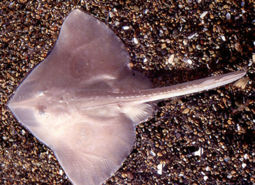
Big Skate
Beringraja binoculata
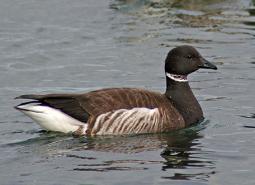
Black Brant
Branta bernicla nigricans
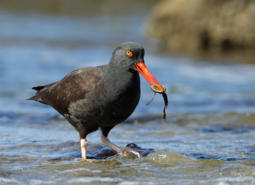
Black Oystercatcher
Haematopus bachmani
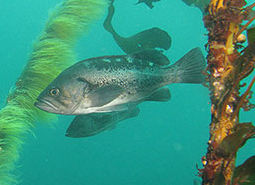
Black Rockfish
Sebastes melanops
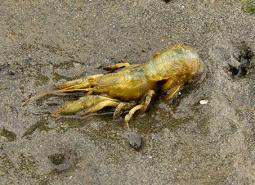
Blue Mud Shrimp
Upogebia pugettensis
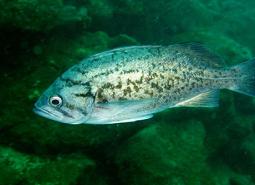
Blue Rockfish
Sebastes mystinus

Brown Pelican
Pelecanus occidentalis californicus
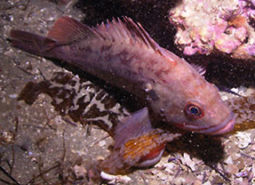
Brown Rockfish
Sebastes auriculatus
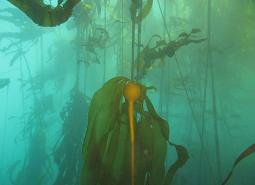
Bull Kelp
Nereocystis luetkeana
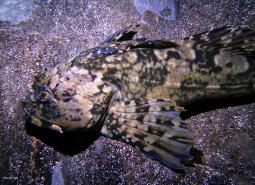
Cabezon
Scorpaenichthys marmoratus
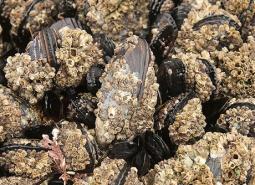
California Mussel
Mytilus californianus
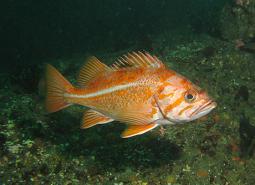
Canary Rockfish
Sebastes pinniger
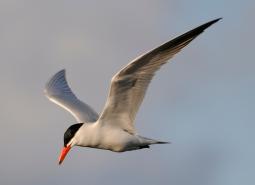
Caspian Tern
Hydroprogne caspia
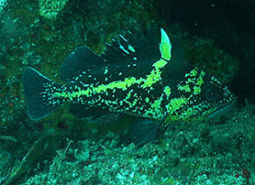
China Rockfish
Sebastes nebulosus
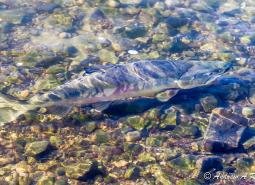
Chum Salmon, Coastal SMU
Oncorhynchus keta

Chum Salmon, Lower Columbia SMU
Oncorhynchus keta
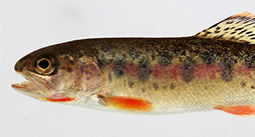
Coastal Cutthroat Trout
Oncorhynchus clarki clarki
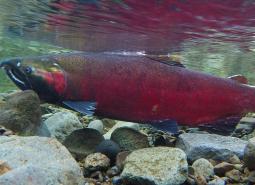
Coho Salmon, Coastal SMU
Oncorhynchus kisutch

Coho Salmon, Klamath SMU
Oncorhynchus kisutch

Coho Salmon, Lower Columbia SMU
Oncorhynchus kisutch

Coho Salmon, Rogue SMU
Oncorhynchus kisutch
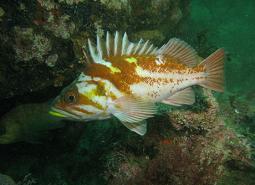
Copper Rockfish
Sebastes caurinus
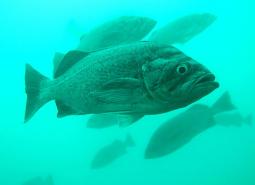
Deacon Rockfish
Sebastes diaconus
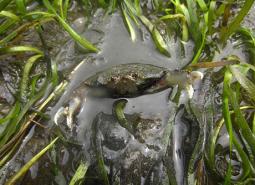
Dungeness Crab
Metacarcinus magister
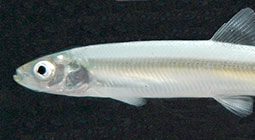
Eulachon
Thaleichthys pacificus
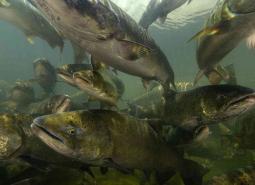
Fall Chinook Salmon, Lower Columbia SMU
Oncorhynchus tshawytscha

Fall Chinook Salmon, Mid Columbia SMU
Oncorhynchus tshawytscha

Fall Chinook Salmon, Snake SMU
Oncorhynchus tshawytscha
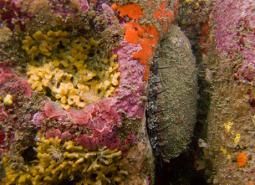
Flat Abalone
Haliotis walallensis
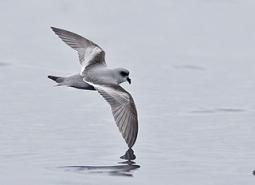
Fork-tailed Storm-Petrel
Oceanodroma furcata
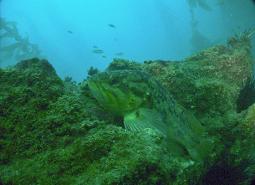
Grass Rockfish
Sebastes rastrelliger
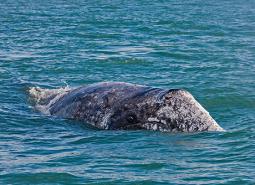
Gray Whale
Eschrichtius robustus
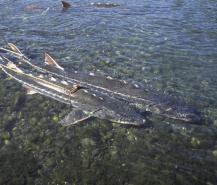
Green Sturgeon, Northern DPS
Acipenser medirostris

Green Sturgeon, Southern DPS
Acipenser medirostris
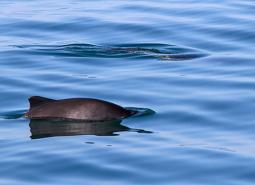
Harbor Porpoise
Phocoena phocoena
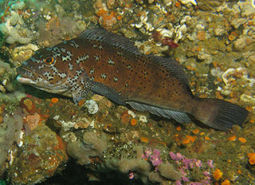
Kelp Greenling
Hexagrammos decagrammus
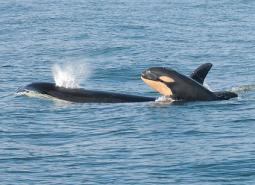
Killer Whale
Orcinus orca
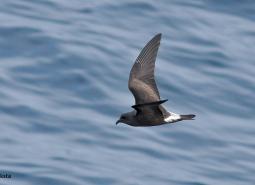
Leach’s Storm-Petrel
Oceanodroma leucorhoa leucorhoa
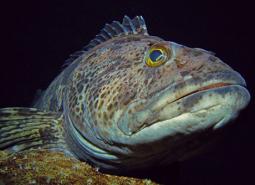
Lingcod
Ophiodon elongatus
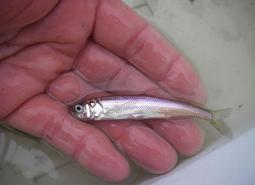
Longfin Smelt
Spirinchus thaleichthys
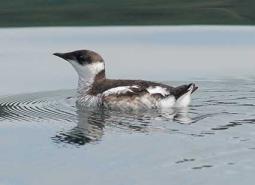
Marbled Murrelet
Brachyramphus marmoratus
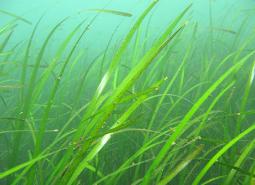
Native Eelgrass
Zostera marina
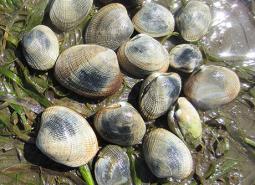
Native Littleneck Clam
Leukoma staminea
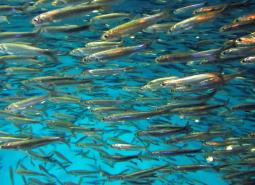
Northern Anchovy
Engraulis mordax
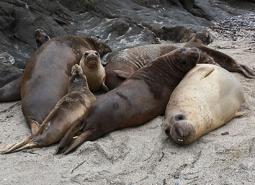
Northern Elephant Seal
Mirounga angustirostris

Ochre Sea Star
Pisaster ochraceus

Olympia Oyster
Ostrea lurida

Pacific Giant Octopus
Enteroctopus dofleini
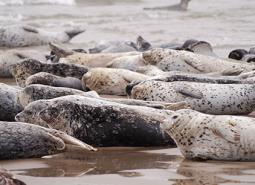
Pacific Harbor Seal
Phoca vitulina
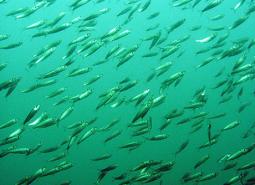
Pacific Herring
Clupea pallasii

Pacific Lamprey
Entosphenus tridentatus
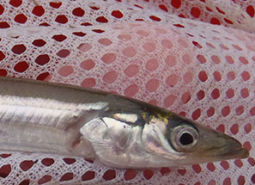
Pacific Sand Lance
Ammodytes personatus
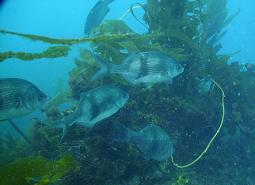
Pile Perch
Rhacochilus vacca
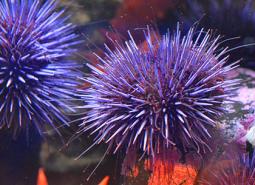
Purple Sea Urchin
Strongylocentrotus purpuratus
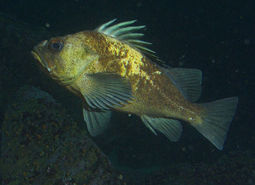
Quillback Rockfish
Sebastes maliger
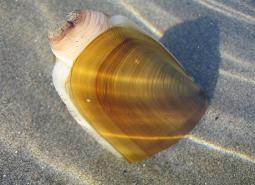
Razor Clam
Siliqua patula

Red Abalone
Haliotis rufescens
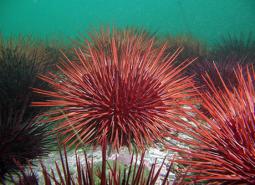
Red Sea Urchin
Mesocentrotus franciscanus
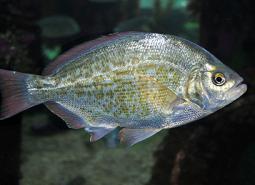
Redtail Surfperch
Amphistichus rhodoterus
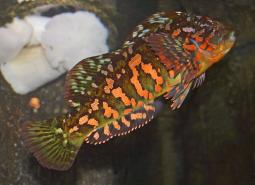
Rock Greenling
Hexagrammos lagocephalus
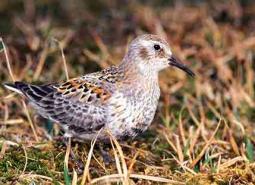
Rock Sandpiper
Calidris ptilocnemis tschuktschorum
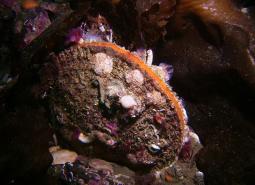
Rock Scallop
Crassadoma gigantea
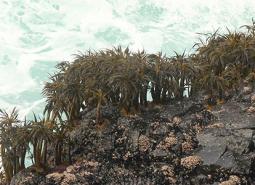
Sea Palm
Postelsia palmaeformis
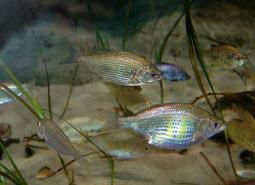
Shiner Perch
Cymatogaster aggregata
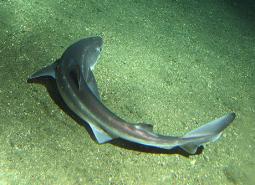
Spiny Dogfish
Squalus suckleyi
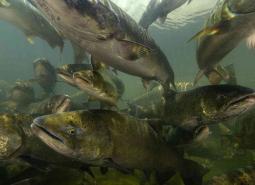
Spring Chinook Salmon, Coastal SMU
Oncorhynchus tshawytscha

Spring Chinook Salmon, Lower Columbia SMU
Oncorhynchus tshawytscha

Spring Chinook Salmon, Lower Snake SMU
Oncorhynchus tshawytscha

Spring Chinook Salmon, Mid Columbia SMU
Oncorhynchus tshawytscha

Spring Chinook Salmon, Rogue SMU
Oncorhynchus tshawytscha

Spring Chinook Salmon, Upper Snake SMU
Oncorhynchus tshawytscha

Spring Chinook Salmon, Willamette SMU
Oncorhynchus tshawytscha
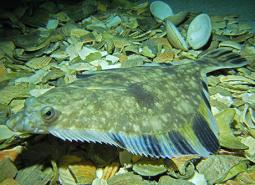
Starry Flounder
Platichthys stellatus
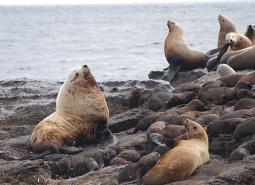
Steller Sea Lion
Eumetopias jubatus
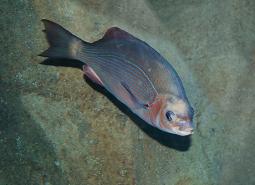
Striped Perch
Embiotoca lateralis
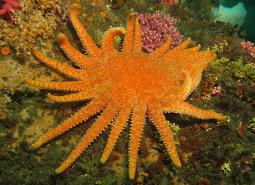
Sunflower Star
Pycnopodia helianthoides
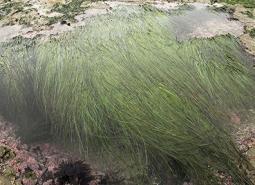
Surf Grass
Phyllospadix spp.
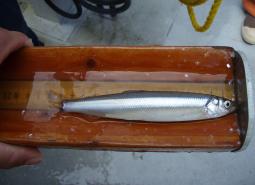
Surf Smelt
Hypomesus pretiosus
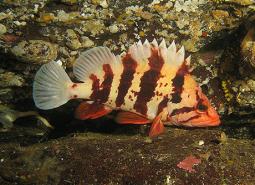
Tiger Rockfish
Sebastes nigrocinctus
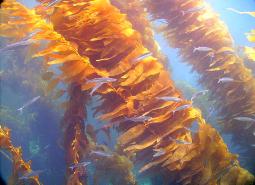
Topsmelt
Atherinops affinis
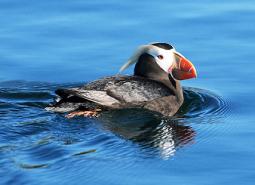
Tufted Puffin
Fratercula cirrhata
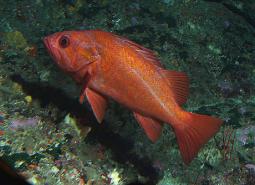
Vermilion Rockfish
Sebastes miniatus
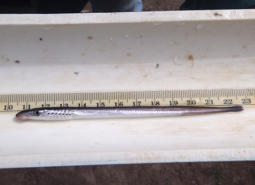
Western River Lamprey
Lampetra ayresii
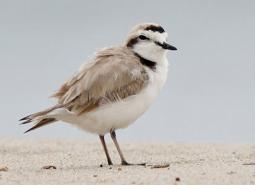
Western Snowy Plover
Charadrius nivosus nivosus
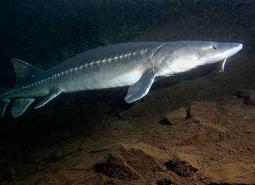
White Sturgeon
Acipenser transmontanus
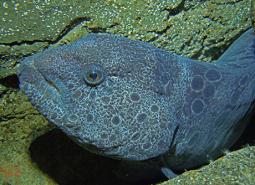
Wolf-eel
Anarrhichthys ocellatus
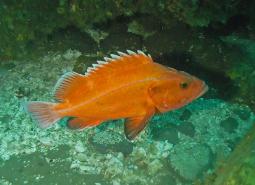
Yelloweye Rockfish
Sebastes ruberrimus
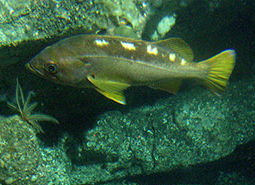
Yellowtail Rockfish
Sebastes flavidus